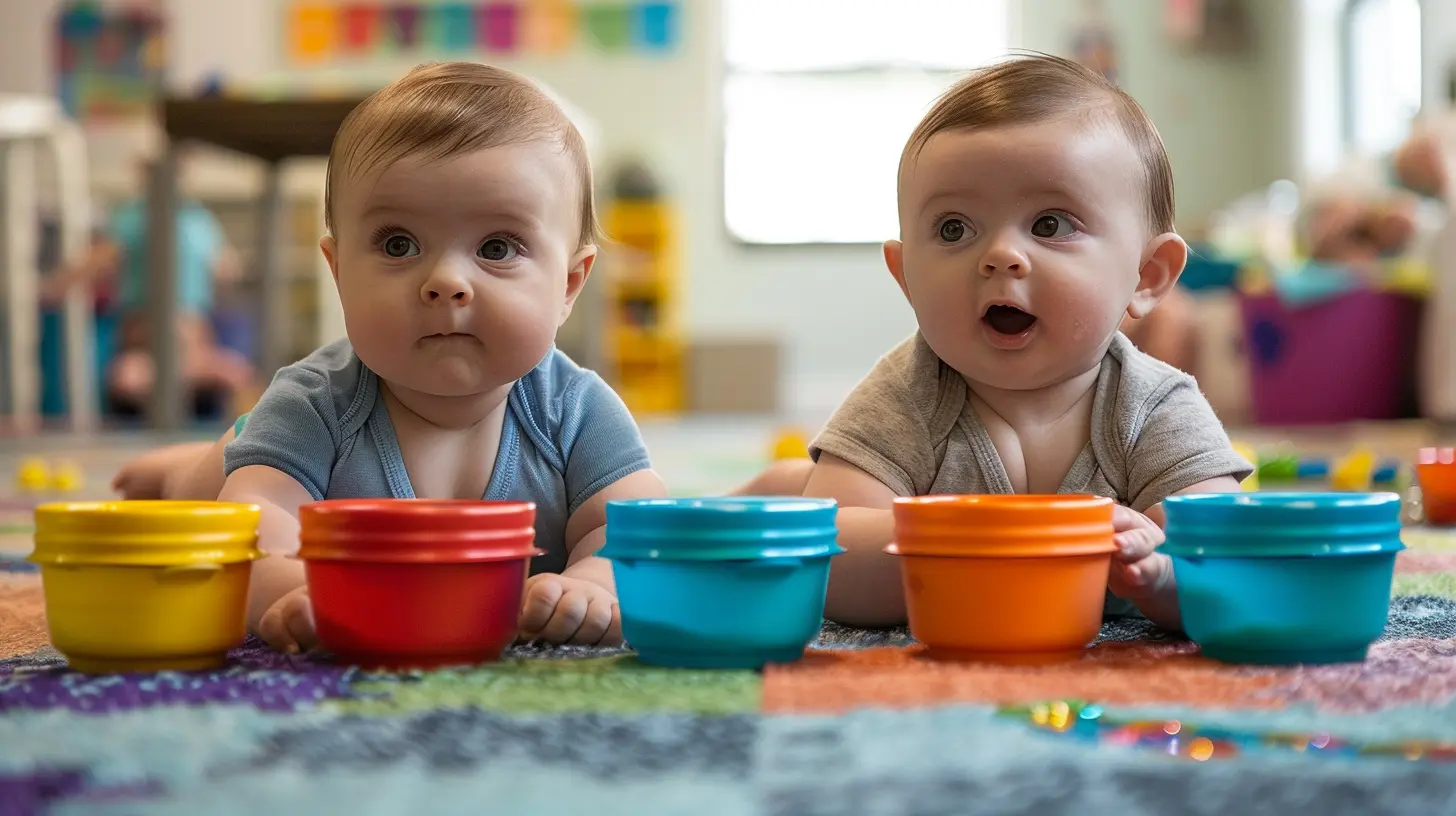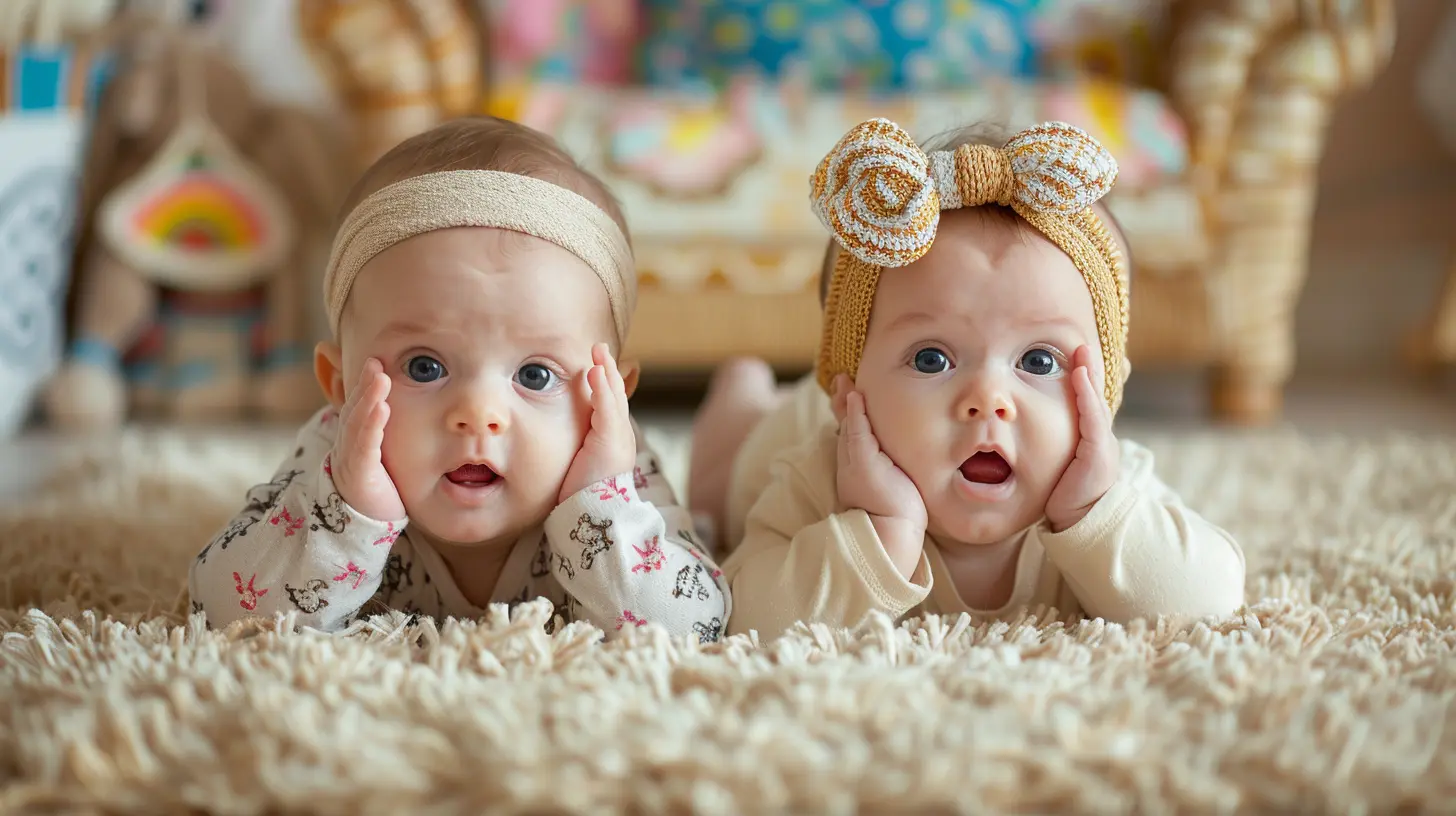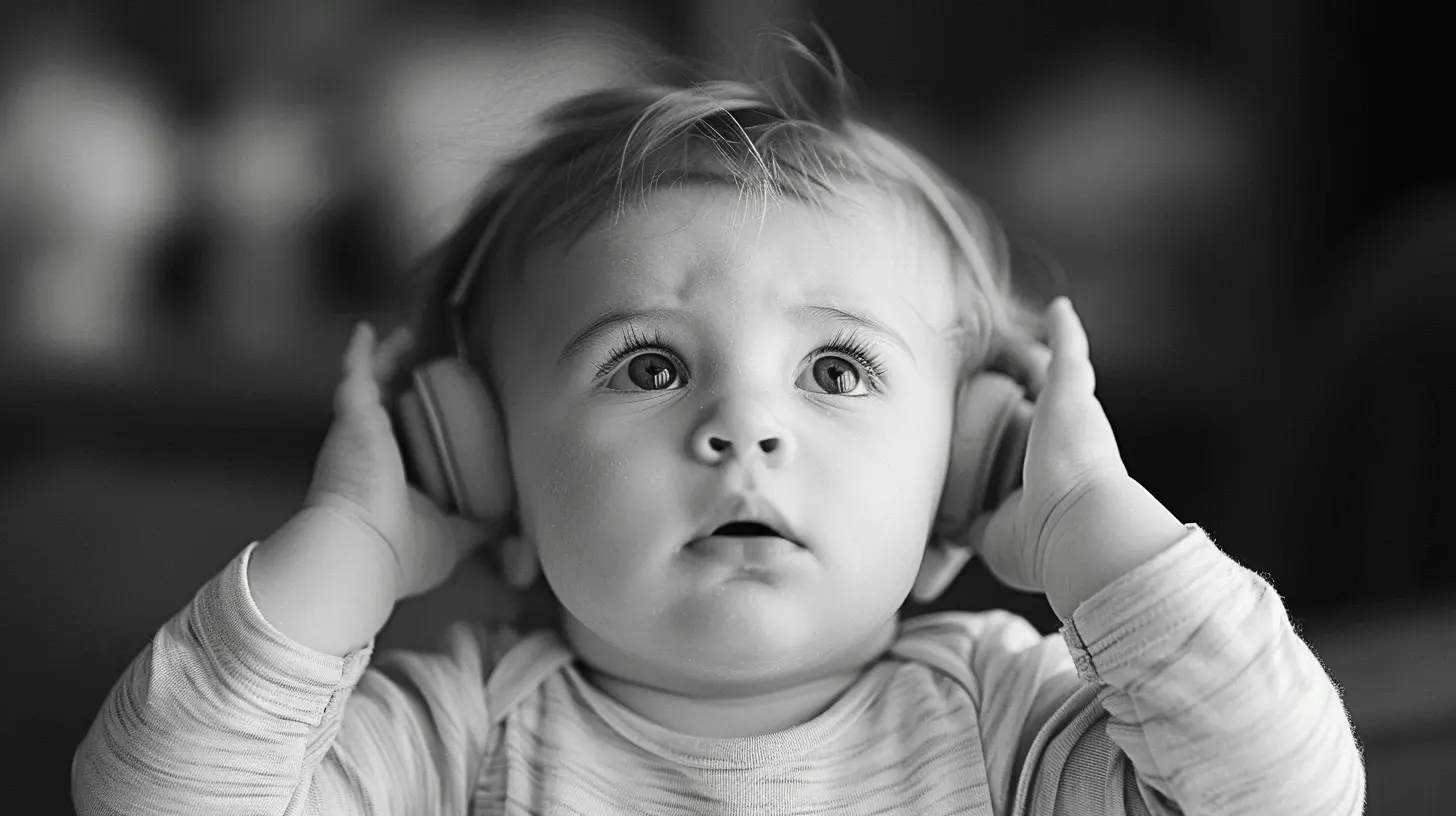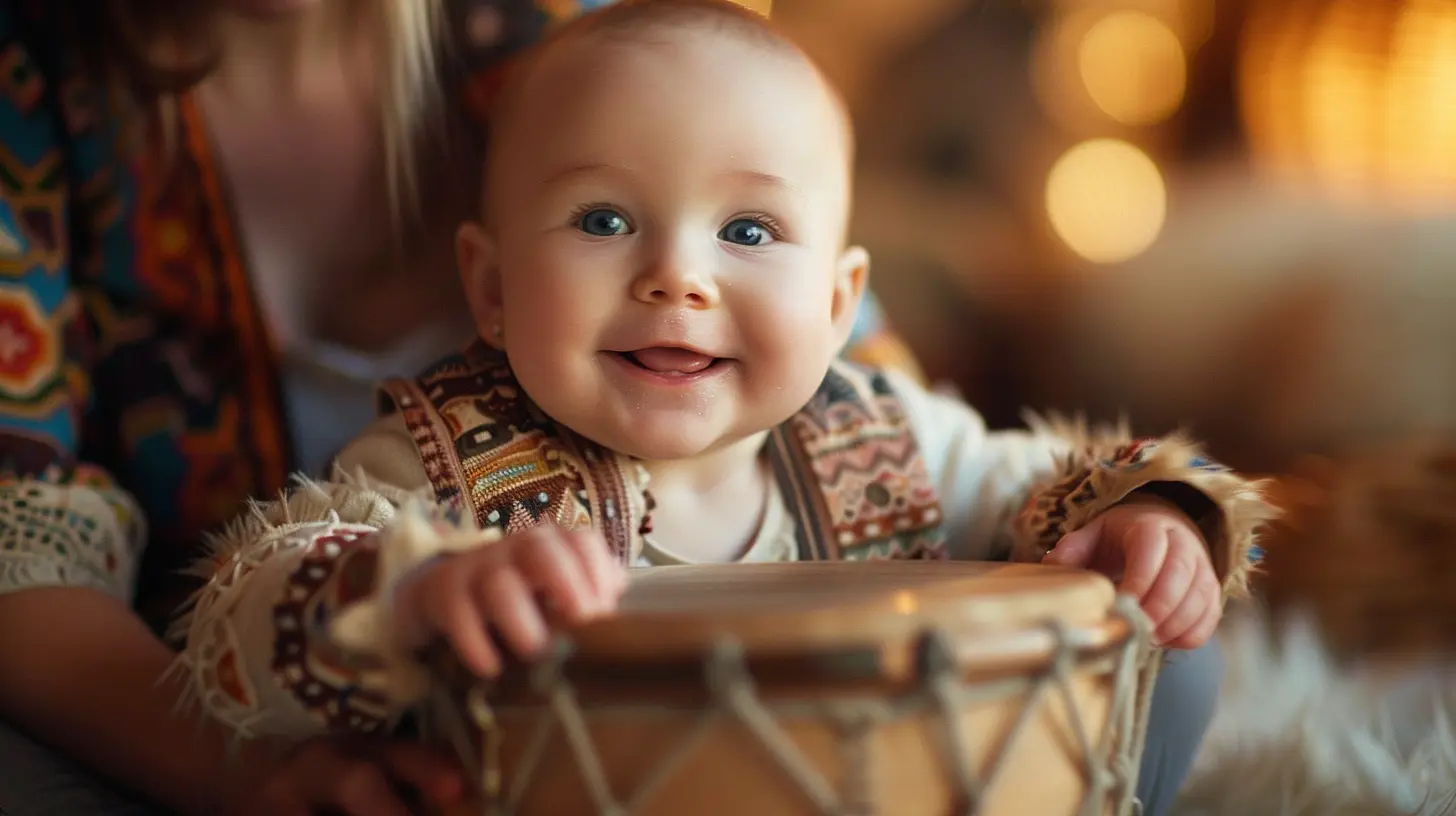Babies and Their Senses: Exploring Through Sound, Sight, and Touch
25 June 2025
Babies are tiny humans packed with curiosity and wonder. From the very moment they arrive in the world, they begin a journey of discovery—and they do it all through their senses. They see, hear, and touch their way through those early months and years, learning about you, the world around them, and themselves. It's like they're little detectives on a mission, piecing together how everything works, one fuzzy sound and bright color at a time.
In this post, we’re going to dive into how babies use their senses—specifically, sound, sight, and touch—to understand their environment. Whether you're a new parent, a grandparent, or just someone fascinated by baby development, you’ll find useful insights, fun facts, and practical tips in this sensory adventure.
The Magic of Baby Senses: Why It Matters
Before we break down each sense, let’s talk about why sensory development is such a big deal. Babies don’t come out of the womb knowing what a dog is or how soft a blanket feels. They have to build their sensory knowledge bit by bit.Their senses are the gateways to the brain. A baby’s brain develops rapidly in those first few years, and sensory input is what fuels that growth. Think of their brain like a sponge—it absorbs everything: the gentle lullaby you hum, the bright mobile above the crib, the tickle of a soft toy. All of it matters.
Sound: The First Sense That Wakes Up
How Babies Hear the World
Did you know babies can hear even before they’re born? Around 18 weeks into pregnancy, a baby can start detecting sounds. By the third trimester, your baby can hear your voice, your heartbeat, and even music! That’s pretty amazing, right?Once they’re born, sound continues to play a huge role. Babies love high-pitched voices, soothing tones, and rhythmic patterns (like lullabies or white noise). Hearing helps them bond with you, recognize language, and eventually start babbling and talking.
Sounds That Stimulate
Want to support your baby’s auditory skills? Try these:- Sing songs: Your voice is magic to them, even if you couldn’t carry a tune to save your life.
- Read aloud: Reading not only introduces new vocabulary, but it also builds emotional connection.
- Use rattles and soft noise-makers: These simple toys encourage babies to locate sounds and respond.
- Talk—A LOT: Narrate your day, describe what you're doing, even if it feels silly. Babies are sponges.
When to Watch for Hearing Red Flags
Most hospitals do a newborn hearing test, but you should still keep an eye out for signs. If your baby doesn’t startle at loud sounds, respond to your voice by around 3 months, or babble by 6 months, it’s worth bringing up with your pediatrician.
Sight: From Blurry World to Bright Colors
A New View of the World
Imagine seeing the world through cloudy glasses. That’s what it’s like for newborns. At birth, babies can only see about 8–10 inches in front of them. So, when you’re gazing lovingly into their eyes during feeding time? That’s perfect distance.Their vision improves rapidly, though. By 3 months, they can follow objects, recognize faces, and start to spot colors. By around 5 to 6 months, they begin to see the full spectrum of colors and can judge distances more accurately.
Helping Baby's Eyes Develop
Here are a few fun ways to engage your baby's sight:- Hang a high-contrast mobile: Black and white shapes grab newborn attention.
- Use bold and colorful toys: As their vision improves, rich colors become more enticing.
- Play peekaboo: It’s simple, silly, and teaches object permanence.
- Do face time—no, not the app: Babies love looking at faces, especially yours. It’s their favorite "screen."
Signs of Vision Issues
While it’s normal for babies’ eyes to wander in the first couple months, consistent eye crossing, lack of eye contact, or failure to track by 3 months could be signs to get checked out.
Touch: The First Language of Love
Why Touch Is So Important
Touch is the first sense babies develop—even in the womb, they can feel. And after birth, it becomes one of the most powerful tools in their sensory toolbox.It’s not just about exploring textures. Touch is deeply tied to emotional security. Your cuddles, gentle strokes, and skin-to-skin contact set the stage for bonding, relaxation, and secure attachment.
Exploring Texture and Sensation
Once babies start reaching and grabbing, you’ll notice them touching everything. It’s messy, but it’s awesome.Try:
- Soft blankets and different fabrics: Let them rub their fingers on a soft fleece or rough terry towel.
- Safe sensory toys: Rubbery, squishy, or bumpy toys stimulate their curiosity.
- Baby massage: Not only calming, but also helps with circulation and muscle tone.
- Tummy time: It’s great for body awareness and builds strength.
How Touch Builds Their World
Touch helps babies understand physical boundaries and sensations. It teaches cause and effect—like how it feels when they bang their hand on the floor or splash water in the tub. It’s also a gateway to movement as they connect their senses with motor skills.Combining the Senses: A Full-Body Experience
Here’s the thing—babies rarely use one sense at a time. For them, learning is a full-body, multi-sensory experience.- When a baby sees your face and hears your voice, that's sight + sound.
- When they reach out to grab your necklace and tug on it, that’s touch + sight.
- When they hear a rattle, see it shake, and grab it with their hands? That’s all three: sound + sight + touch!
This multi-sensory integration is how babies make sense of the world. It’s also why engaging with them in lots of different ways—talking, singing, showing, touching—is so powerful.
Sensory Play Ideas for Everyday Development
You don’t need fancy toys or Pinterest-perfect setups. Simple, everyday items can become sensory learning tools.Easy Sensory Activities
- Water play: A bowl of warm water and safe toys = splashy fun.- Texture baskets: Gather objects with different feels—sponges, fabric scraps, wooden spoons.
- Soft music and dance: Gently bounce or sway with your baby to music.
- Mirrors: Babies love looking at their own reflection. It’s confusing at first but so entertaining!
- Tactile books: Cloth books with buttons, flaps, and textures are excellent interaction tools.
These activities not only stimulate the senses—they also help build motor skills, coordination, and self-awareness.
Supporting Your Baby’s Sensory Development
Here’s the golden rule: you don’t have to "teach" your baby everything. They’re wired to learn. Your job is to create a loving, stimulating environment.- Talk to them, sing to them, cuddle them.
- Offer age-appropriate toys that are safe and engaging.
- Be present. Respond to their cues. Watch and interact.
- Avoid sensory overload—too many lights, sounds, or activities can overwhelm a baby.
And if you ever feel unsure? Trust your gut. You know your baby better than anyone else.
When to Seek Help
Every baby develops at their own pace, but early intervention can make a big difference. So if something feels off—like your baby isn’t responding to sounds, isn’t tracking objects by 4 months, or seems unusually irritated by touch—it’s okay to talk to your doctor.You’re not overreacting. You’re advocating. And that’s exactly what they need.
Final Thoughts: Sensory Adventures Await
Watching your baby explore the world through sound, sight, and touch is like witnessing magic happen in slow motion. Each little giggle, wide-eyed stare, or joyful squeal is a sign their amazing brain is growing and learning.This stage won’t last forever—but the bond you build and the love you show through those daily interactions? That lasts a lifetime.
So sing that silly song. Make that goofy face. Let them squish peas with their fingers (even if it means wiping down the highchair... again). Sensory exploration is messy, but it’s also beautiful.
Here’s to raising little explorers—one sight, sound, and touch at a time.
all images in this post were generated using AI tools
Category:
Infant DevelopmentAuthor:

Austin Wilcox
Discussion
rate this article
2 comments
Mitchell Webster
What a beautifully insightful article! It’s fascinating to learn how babies experience the world through their senses. As a parent, I appreciate these reminders to engage with my little one’s explorations. Thank you for sharing!
November 15, 2025 at 4:31 AM

Austin Wilcox
Thank you so much for your kind words! I'm glad you found the article insightful and helpful in your parenting journey. Happy exploring with your little one!
Talia Oliver
Great insights! Understanding sensory development is crucial for nurturing our little ones. Thank you!
July 1, 2025 at 3:02 AM

Austin Wilcox
Thank you for your kind words! I’m glad you found the insights valuable for nurturing our little ones.


